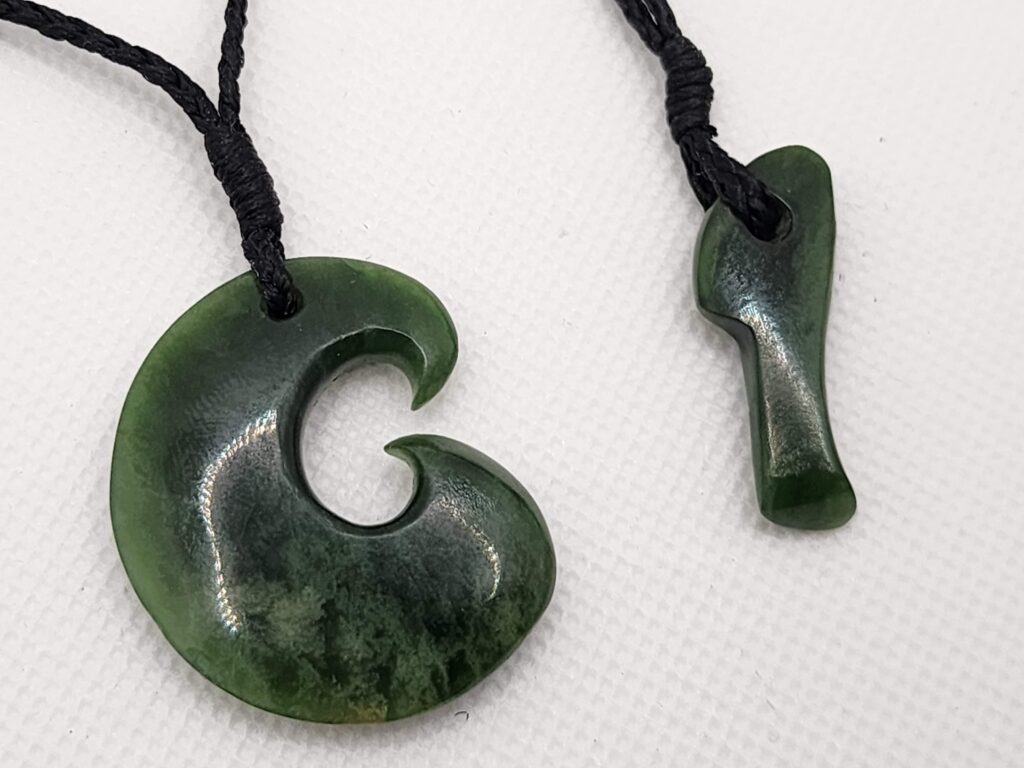We’re here to help you understand and appreciate the beauty and significance of Māori jade carving. Browse our comprehensive FAQs for answers to common questions about pounamu, symbolism, the carving process, and how to care for your pieces. And remember, if you can’t find the information you need, please don’t hesitate to contact me!
Pounamu is a highly valued type of nephrite jade native to New Zealand, particularly the South Island. It holds significant cultural importance in Māori tradition. The term ‘Jade’ refers to the same mineral but is used globally and encompasses various types, including jadeite and nephrite. Pounamu specifically refers to the nephrite variety found in New Zealand. ‘Greenstone’ is an informal term used in New Zealand for pounamu, likely originating from early European settlers’ observations. While all these terms refer to similar materials, pounamu is unique in its cultural significance and specific geological composition found in New Zealand.
Selecting a pounamu piece, whether for yourself or as a gift, involves a personal journey of connection. Begin by understanding the symbolism behind various pounamu shapes and designs, aligning their meanings with your own experiences or the intended recipient’s journey and values. The colour and texture of the stone are important, and if you can consider these elements as they can influence connection to the piece. Consider practical aspects like size and wearability, ensuring it complements personal styles.
Learning about the carver’s story and craftsmanship adds depth to this connection. For a uniquely tailored experience, especially when gifting, consider a custom-designed Taonga Pounamu, creating an intimate and meaningful bond with this special taonga.
Trusting your instincts is key; often, a specific piece will naturally resonate.
Yes, you can buy pounamu for yourself, and it’s important to consider your intentions. While there’s no rule against self-purchasing, the traditional Māori view is that pounamu carries more mana (spiritual power) when it’s gifted, especially for significant events or as a symbol of connection. The intention behind buying taonga, whether for personal use or as a gift, greatly influences its spiritual significance. Pounamu is believed to absorb the intentions and energies around it, both literally and spiritually. Buying pounamu for yourself is fine, but it may not hold the same depth of meaning as when it’s received or given for a special reason.
Below are my thoughts on it in a bit more depth.
The shapes and designs of pounamu carvings hold deep cultural significance, each symbolising different aspects of life, values, and beliefs:
Koru (Spiral): Represents new beginnings, growth, and rebirth, akin to an unfurling fern frond. It symbolises life’s perpetual movement and change, and when interlocked with others, it signifies loving relationships and family.
Porohita (Circle): Embodies the journey of life, encompassing discovery, choices, and a focus on being present. It symbolises the cyclical nature of life, including aspects like health, relationships, and the changing seasons.
Hei Toki: Originally a tool used by the Māori, the modern Hei Toki worn as a pendant signifies strength, authority, and leadership. It represents power, courage, wisdom, determination, self-control, and focus.
Roimata (Tear Drop): Symbolises comfort, caring, and shared emotions. It is associated with compassion, empathy, confidence, and solidarity, connecting deeply with the heart and emotions.
Hei Matau (Fish Hook): Represents abundance, prosperity, and protection, especially during travel over water. It’s deeply connected to the ocean and signifies strength, determination, good luck, fertility, good health, and peace.
There are many more shapes too all with their own traditional meanings, such as Tiki, Manaia, Whale Tail, Twist (Pikorua), Patu, Toki Pou Tangata (Ceremonial Adze), Kete (Basket), and Niho (tooth).
Each shape carries a rich tapestry of meanings, often intertwined with natural elements and human experiences, reflecting the profound connection between the Māori culture and the natural world.
See more shapes and further detail on here.
Māori Jade Carving can indeed be customized. I frequently undertake commissioned work. If you’re interested, simply reach out through messenger or email to begin the design process, which comes with no obligation. During our discussion, we’ll delve into the meaning and intention behind your desired taonga or set of taonga. We’ll collaborate on the design and select a suitable piece of pounamu, typically using the same pounamu for a set. Following this, I’ll provide a quote, and you can decide whether to proceed or not. If you choose to go ahead, we’ll start with a half upfront deposit, and I’ll commence the carving process. Once completed, I’ll share photos of the finished taonga with you. The final piece will be posted to you upon receipt of the final payment.
See a detailed explanation of my process here.
The most important thing is don’t drop it on hard surfaces, concrete, tiles, etc. It is a stone and can fracture or crack.
A Taonga Pounamu in storage does not need much extra care, keep it in a safe place. If it looses its lustre in storage this can be restored with a light coating of vegetable oil.
If you wear it every day then the oils in your skin will be absorbed by the pounamu and keep it looking vibrant.
The lashing or necklace cord is the part that needs attention. Over time with wear this will fray and wear out. Always replace this well before it become fragile. Many pounamu have been lost due to a cord breaking. You would be surprised at how dirty they get under a lashing too!
I have several videos on youtube on how to relash or restring your pendant see them at https://www.youtube.com/@CampbellCarving
Some say no due to the spiritual significance of the piece. In some cases this could be the right thing to do. The Taonga could be returned to the awa or the moana or buried as it has served its purpose.
I have heard that a broken Taonga Pounamu could be a sign that it protected the wearer from harm.
The decision to choose to try and repair or recarve a pounamu is up to you and what you feel is right.
My process is to recarve the Taonga or the pieces of pounamu into the next shape for the next stage of their journey. If you are interested in this with a piece you have then get in touch.

The image above was a hei matua (fish hook) that had fractured. I have recarved it into two seperate pendants for them to continue their journey.
In Māori culture, Pounamu holds profound spiritual significance, revered not just as a stone but as a taonga (treasure) embodying deep cultural, spiritual, and ancestral connections. It is believed to possess its own whakapapa (genealogy), linking it to the land and ancestors, and is often passed down through generations as a symbol of continuity and memory. Pounamu is thought to absorb and retain the spiritual energy or wairua of its surroundings and wearer, offering protection, healing, and strength. It symbolizes mana (prestige and power), especially when worn by leaders, and reflects a deep bond with nature and the environment. The act of gifting Pounamu marks significant life events, epitomizing respect and deep relational bonds. In rituals and traditions, Pounamu transcends its physical form, becoming a vital part of Māori cultural narratives and ceremonies.
This varies on several things. I have found that as my experience and skill increases I become more efficient at repeated techniques. Simple shapes, such as a small Toki, Roimata, or free form pendant, can be done under a few hours. That is if you have the slices ready to go. It can take up to and over an hour for one cut though a large boulder of pounamu to start breaking it down for carving.
More complex designs that have more surfaces included or designs carved into surfaces take much more time. The more complex the design the more time it takes. The time taken by the carver to ensure all the surfaces are smooth will vary the quality of the finished product too. Doing this by hand gives a far superior result compared with rotary tools, but can take a lot longer.
Some pieces can take a whole day, or several days. Often I work on several pieces at one time, taking them through the stages of carving together.
For Māori jade carving the first step is selecting the rough piece to suit your design. Considering colours and features, size, thickness, potential flaws or fractures, and quality of the grain (will it be strong enough for the detail in the design).
All the tools I use have industrial diamonds to shape the pounamu.
I cut out the rough shape with a trim saw.
Then using bench tools usually to form the main shape of the pendant.
At this point I will use my rotary hand tool to carve the details needed for the piece.
Then the patient sanding to ensure all surfaces are smooth and ready for polishing.
Then the lashing.
Here is a video of my workshop to get a bit more insight to what it looks like.
I source all my pounamu in the rough or raw form either as slices or blocks. I have bought pounamu from several other carvers, and from people living on the West Coast that have the rights to harvest or sell this precious taonga.
We’re always updating our FAQs to provide the most comprehensive resource on Māori jade carving. Can’t find what you’re looking for? Let us know, and we’ll be happy to help!
Additionally, for even more in-depth information about pounamu and its cultural significance, Te Ara – The Encyclopedia of New Zealand is an excellent resource.
